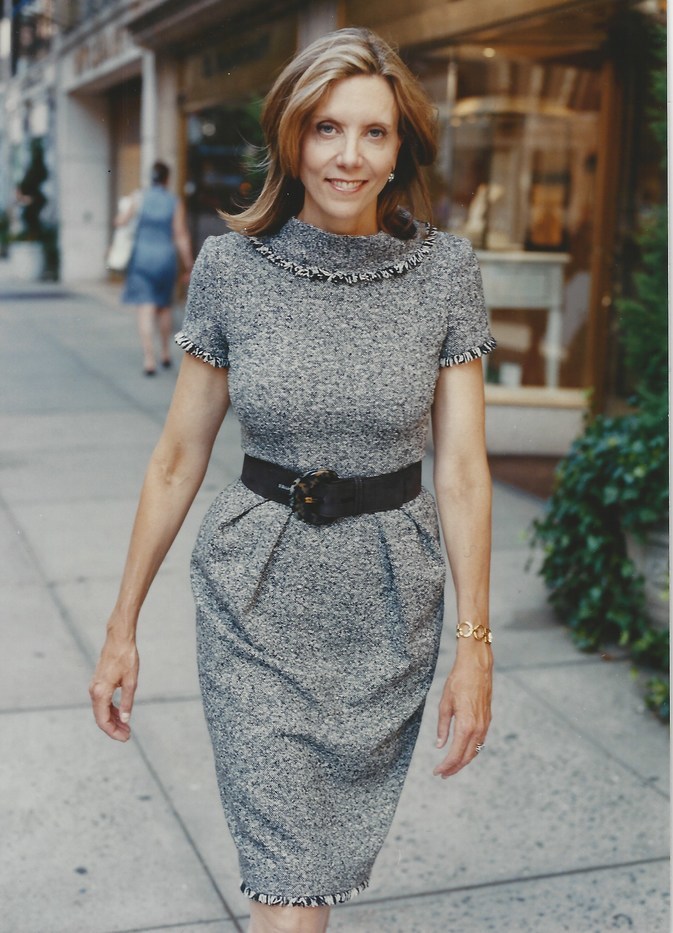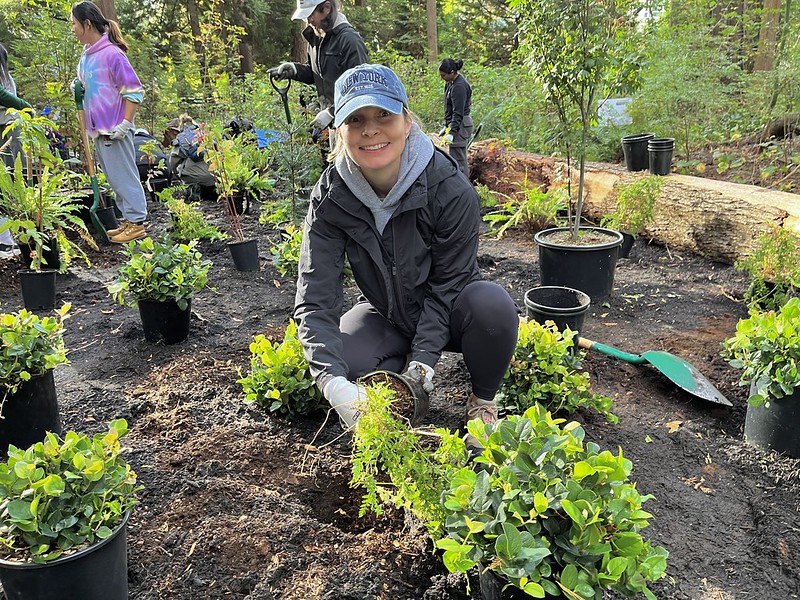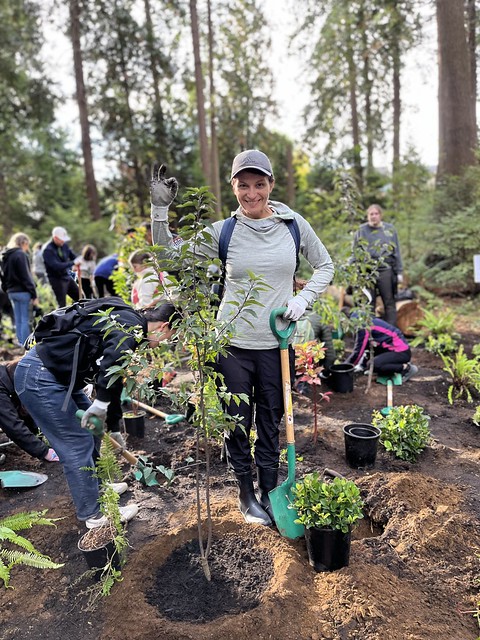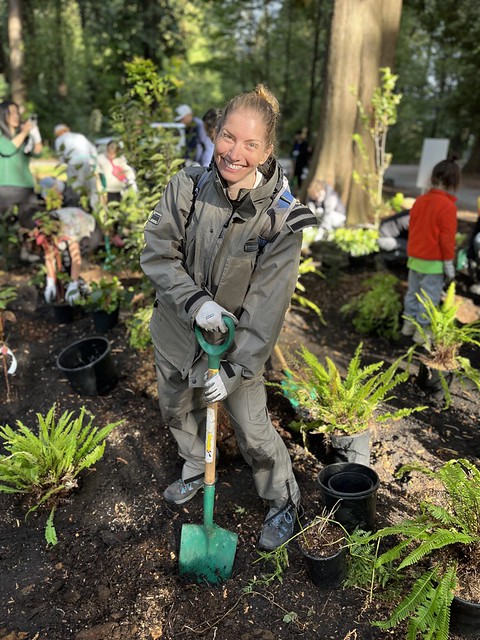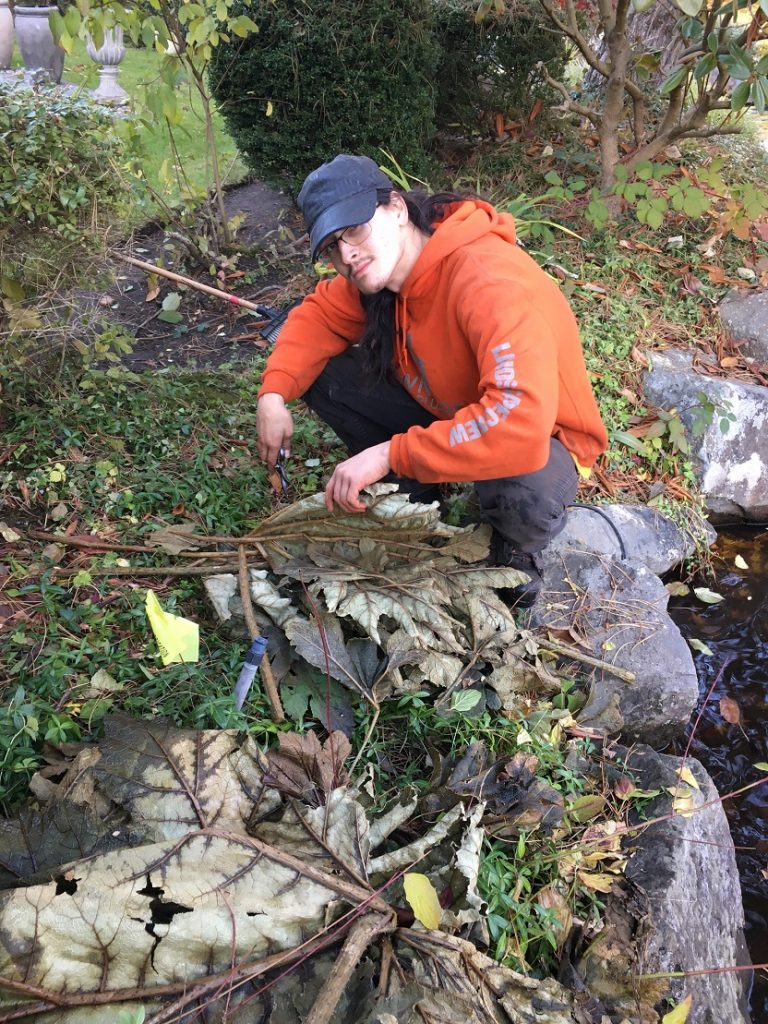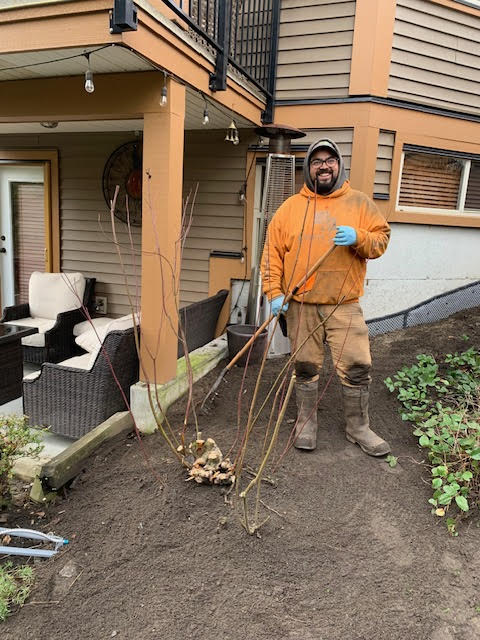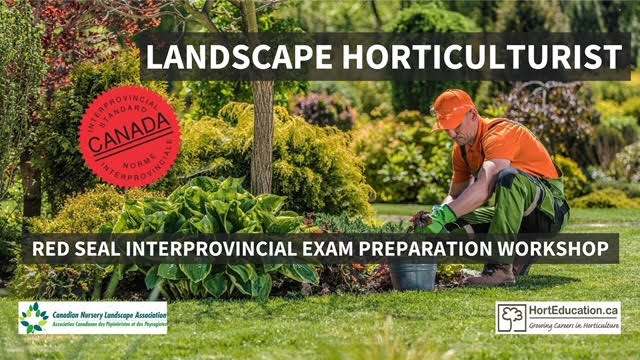Winter gardens
Last weekend I took a winter plant identification course at the Van Dusen Botanical Gardens in Vancouver; and I took full advantage of free access to the gardens. The $30 course consisted of one hour in-class session and one hour outdoors. As soon as it ended and the group disbanded, I went back in.
And it was glorious! It was sunny at lunchtime on January 11, 2025, and there weren’t any crowds to fight through. It became a nice mental break for me because I’m normally on the go during the season, usually seven days a week. Now I had the gardens almost to myself so I walked it. Here’s what I saw.
Observations
Close to the main building I saw ornamental grasses nicely tied up. This not only looks like a fun project, it allows the grasses to remain standing. In regular strata landscape maintenance work, these grasses are sheared into oblivion as soon as they start to flop; and then there is nothing to look at. Nothing moves in the breeze.

Moving on, I came to a patch of evergreen ferns and, I’m proud to say, I didn’t need the plant tag because I knew the botanical name well: Asplenium scolopendrium or Hart’s Tongue fern. It’s an interesting fern, well-worth adding to your garden.
For the longest time I couldn’t remember its botanical name so I started writing blogs about it until the name stuck. Asplenium has something to do with the sun and once I get that part out, scolopendrium follows. Learning botanical names is a struggle which is why I paid $30 for a winter plant identification course!

As you walk through the gardens, you notice tons of leaf mulch. This is a botanical garden, not a strata multi-family property where everything is blown clean with backpack blowers. The leaf mulch protects the soil and whatever creatures over-winter under it.
You will also notice that most perennials are still standing. This allows birds to enjoy the seeds and it gives us something to look at. If you get lucky, you’ll see the stalks and flower remnants covered in frost.
You don’t have to cut everything back as soon as it’s spent. It can wait until spring. It definitely wouldn’t make sense in a botanical garden because visitors need to see something in winter.
Conclusion
If you’ve never been to the Van Dusen Botanical Gardens then definitely find the time to go. Summers are more exciting and much busier but I thoroughly enjoyed my winter visit. It’s a great place for a walk, alone or with your friends and loved ones. There is a cafe and you can buy souvenirs in the gift shop.
To see YouTube shorts from Van Dusen Botanical Gardens please click here. Don’t forget to like and subscribe to my West Coast Landscape Professional channel.





